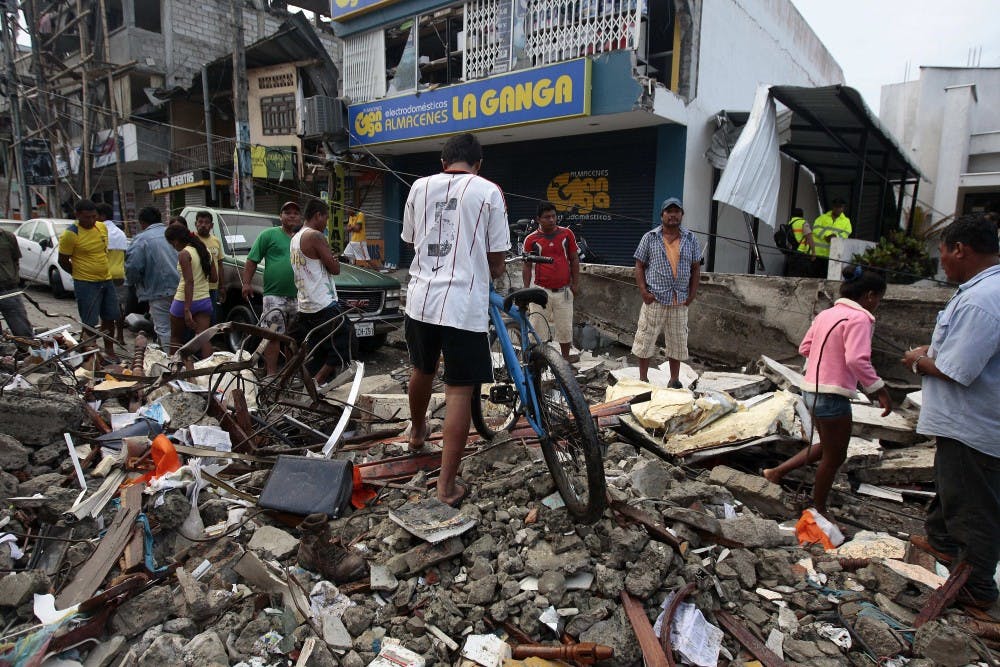What happened?
On Saturday, April 16, a 7.8 magnitude earthquake struck Ecuador’s coast, killing hundreds and injuring thousands more. Countless others await aid in more rural areas. The hardest-hit area of the South American nation was the coastal Manabi Province, a principal tourist area.
Some of the latest reports from CNN indicated at least 654 people were dead. According to Ecuador's Risk Management Office, 155 people remain missing and 12,500 injured. The agency also announced that almost 25,000 people remain in shelters.
The quake has been named one of the deadliest in South America next to one in 1999 in Columbia that left 1,000 people dead.
The huge magnitude of the initial earthquake caused hundreds of aftershocks of varying magnitudes and scales, which have continued to destroy Ecuador's infrastructure and hundreds of people. As the rubble is slowly being moved and cleared, more bodies are being found, causing the death toll to rise.
What is being done?
Ecuador’s President Rafael Correa said the country was in a crisis situation with about $3 billion in damages. Though the reconstruction effort will take years, Correa's administration is temporarily raising taxes to fund the recovery — a move that has elicited frustration from the wealthier population.
Ecuador deployed 10,000 soldiers and 4,600 police officers to the affected areas, but the country is still struggling to reach citizens in more rural locations. The effects of the aftershocks, landslides and crumbling bridges and roads are making the process harder for emergency workers.
Aid from other countries is coming from neighboring countries with Cuba sending the most people to help. Europe also sent almost 200 rescuers, primarily from France and Spain.
Though President Barack Obama said he wanted to help, his plan does not include sending any rescuers from the United States. Instead, the most recent plan from the United States Agency for International Development involves coordination with the United Nations to send $100,000 for “critical supplies.”
How can we help?
On Monday, Elon University's El Centro de Espanol hosted a fundraiser and sold snow cones, ice cream and Mexican food to help earthquake victims. Though the fundraiser was Monday, there are still several ways people can offer assistance. Organizations such as UNICEF are providing water-purification materials to the most highly impacted areas, and the Red Cross has mobilized medical efforts and supplies to those physically and mentally affected.
An Elon for Ecuador crowdfunding campaign has been launched as well. Freshman Lucia Jervis is the page's organizer and encourages those who are able to do so to offer assistance to relief efforts. As of Monday afternoon, Elon for Ecuador raised $3,800 of its $5,000 goal from a total of 30 donors.


